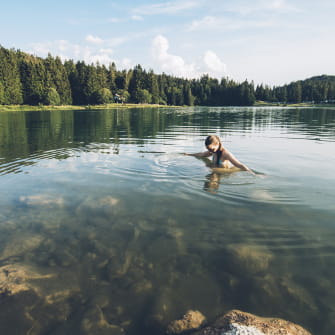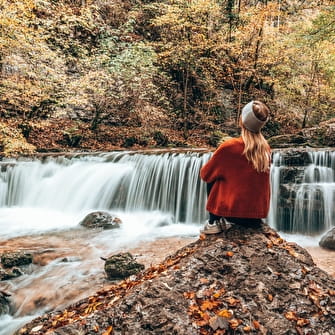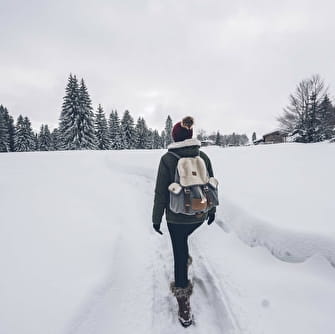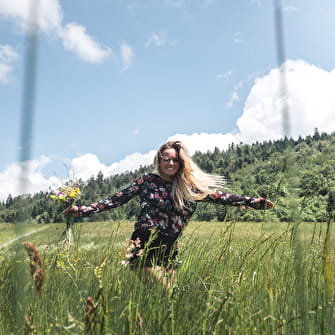Top 7 iconic animals
The Jura Mountains feature a wide variety of terrain and habitats, and therefore a great diversity of animal and plant life. They are the ideal environment for deer, foxes, squirrels, owls and other creatures... but these mountains are also a choice spot for the region's animal icons. Discover the most iconic wild and domestic creatures of the Jura Mountains.
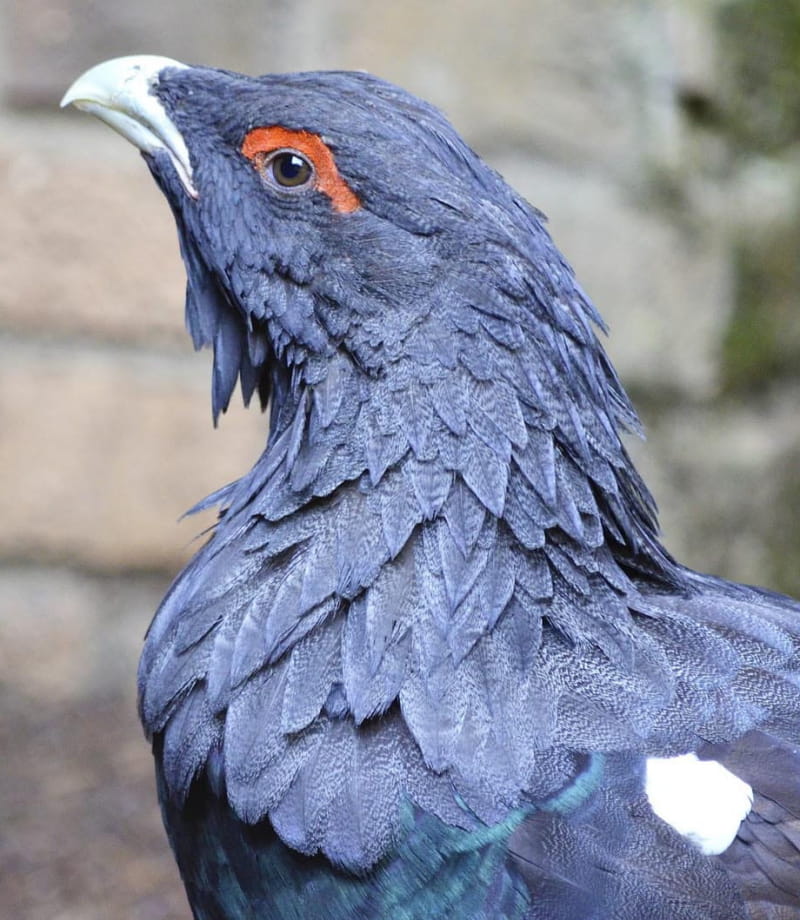
Western capercaillie
The western capercaillie or wood grouse is a legendary creature of the Jura Mountains and a rare species of bird. It is protected by a decree passed in 1992 to preserve the biotope, which regulates human activities in the mountain range to allow space and tranquillity for these timid tetraonids. They are therefore difficult to spot but you may hear one. In spring, the males gather to compete in a ritual of mating dances and calls designed to win the favours of at least one hen. The capercaillie lives mainly in the forests of Upper Jura.
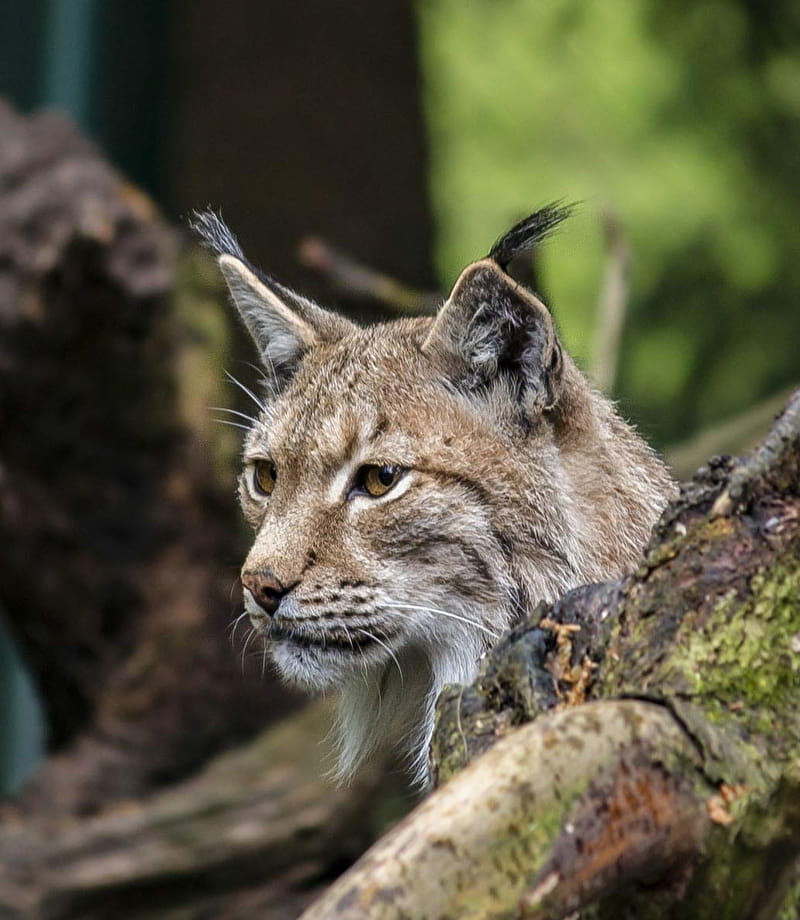
Lynx
The lynx is one of the Jura's iconic creatures. Reintroduced by the Swiss in the eighties, it now lives across the entire mountain range. The Jura Mountains are the lynx's principal habitat. It particularly likes the forest edges where it can easily hide. It is a solitary animal which becomes more active at dusk. Each adult has a territory of 11 to 300 square kilometres. In 2009, the IUCN placed the Eurasian lynx of France in the "endangered species" category. It is fully protected here by a ministerial decree passed on 17th April 1981 for the safeguarding of certain mammals across the entire country.
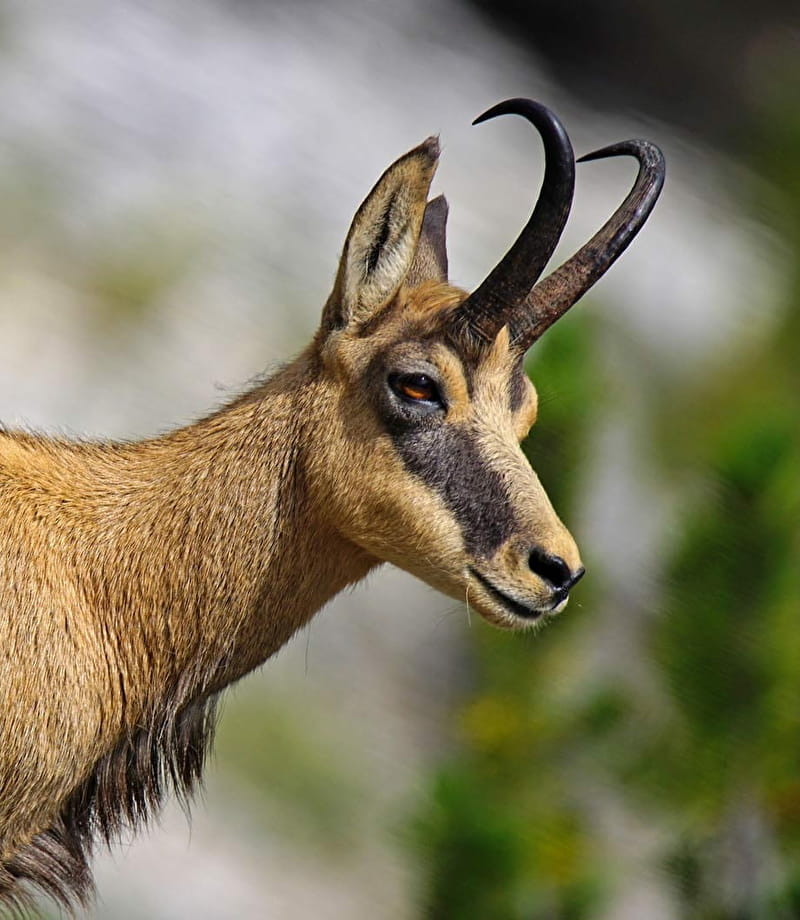
Chamois
In the Jura Mountains, the chamois benefits from an immense playground. If you're lucky you may enjoy the pleasant experience of spotting them during your hikes. Chamois like cliffs and rocky terrain, so it isn't unusual to see them above Joux Castle, for example.
These animals are perfectly suited to the mountain environment and feed mainly on daffodils, gentians, irises and other plants that are abundant in our mountains.
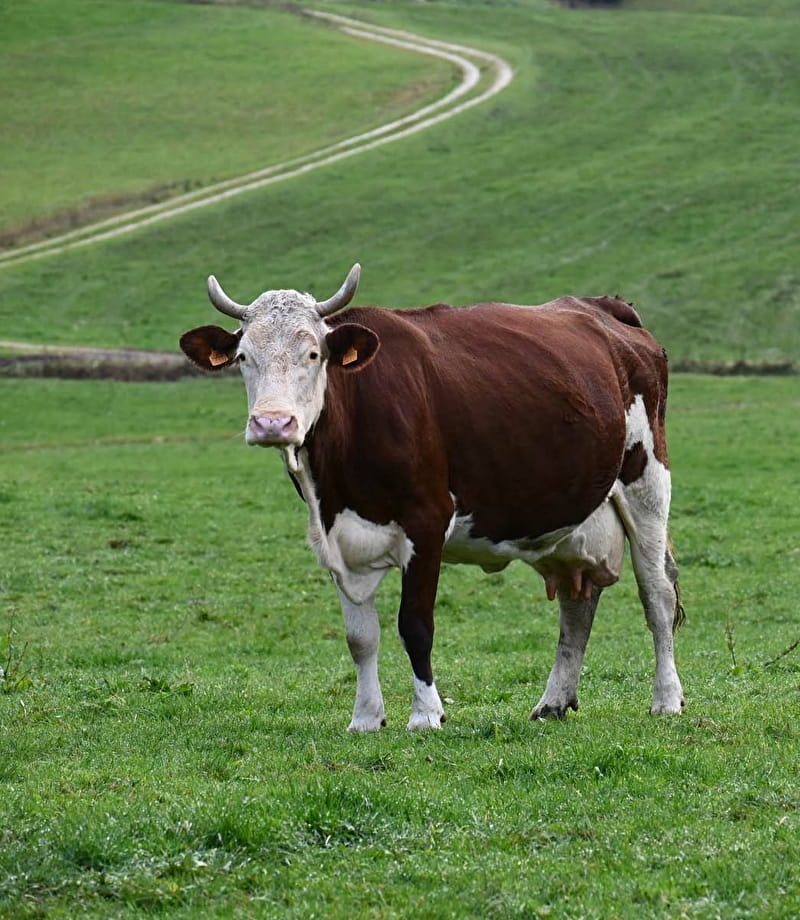
Montbéliard cow
The "Montbéliarde", or Montbéliard cow, is another iconic animal of the Jura Mountains! Easy to identify with its "red piebald" coat, it was previously known as the "Franco-Swiss" breed.
The Montbéliard breed is the main producer of the milk used not only for Comté cheese but also Morbier, Mont d'Or, Bleu de Gex and many other PDO cheeses.
It first appeared at the Couthenans fair in 1872 and was officially recognised as a cattle breed in 1889.
As you explore the region, you're sure to see the lovely rust-and-white silhouettes of these cows as they graze on the choice selection of small flowers and fresh grass that give these emblematic cheeses all their character.
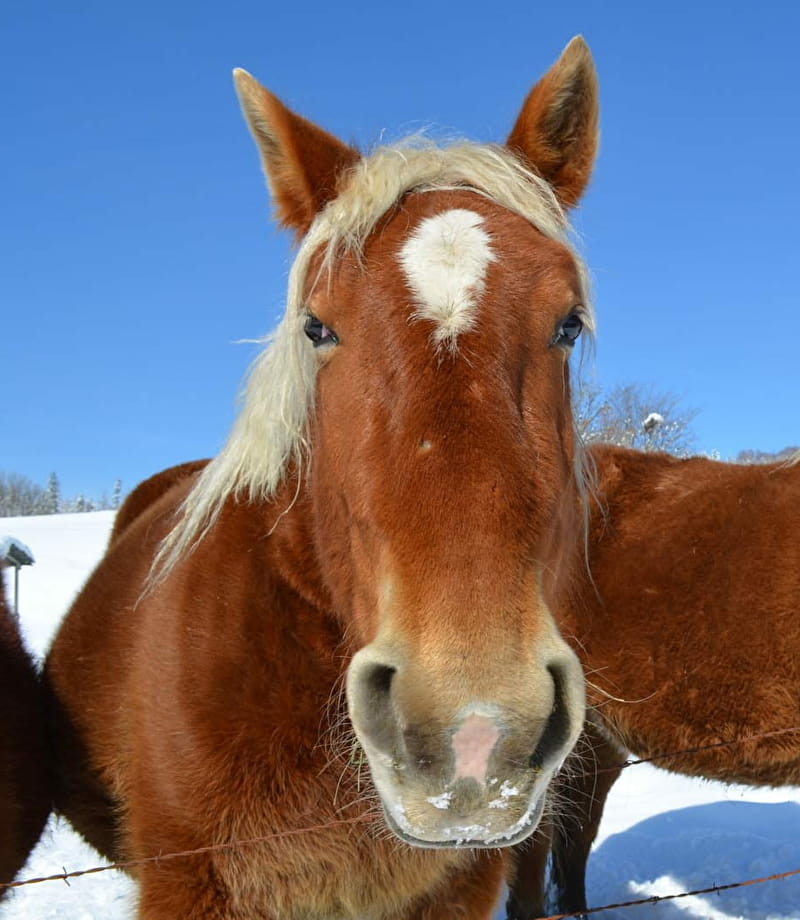
Comtois horse
The Comtois heavy horse is one of the region's symbols. Strong and resilient, it was used as a war horse under Louis XIV and Napoleon I, and almost disappeared from our fields for the glory of capricious kings!
It wasn't until the 20th century that the Comtois was saved by a small group of horse lovers. In 1919, the breed's very own Syndicate and Studbook were created. Nowadays there's even a museum devoted entirely to the breed, the Comtois horse museum.
You'll have no trouble spotting it in the fields of the Jura Mountains, where it never tires of galloping across the land of clockmaking...
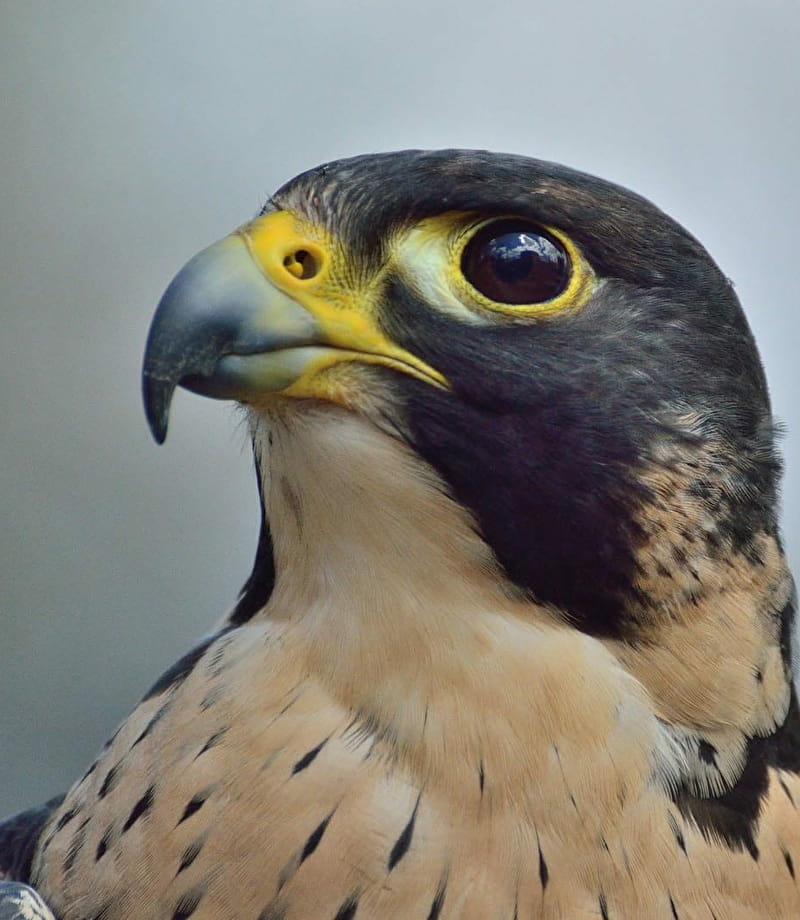
Peregrine falcon
The peregrine falcon is a bird of prey frequently seen in the Jura Mountains, especially in the steephead valley of Baume-les-Messieurs and the Loue Valley.
This bird of prey is a formidable bird hunter. It can reach speeds of up to 200 km/h and is capable of spotting its prey from a distance exceeding 6 kilometres.
You can also observe the peregrine falcon closer up at the Jura Faune wildlife park.
Keep your eyes peeled because peregrine falcons are rather silent creatures.
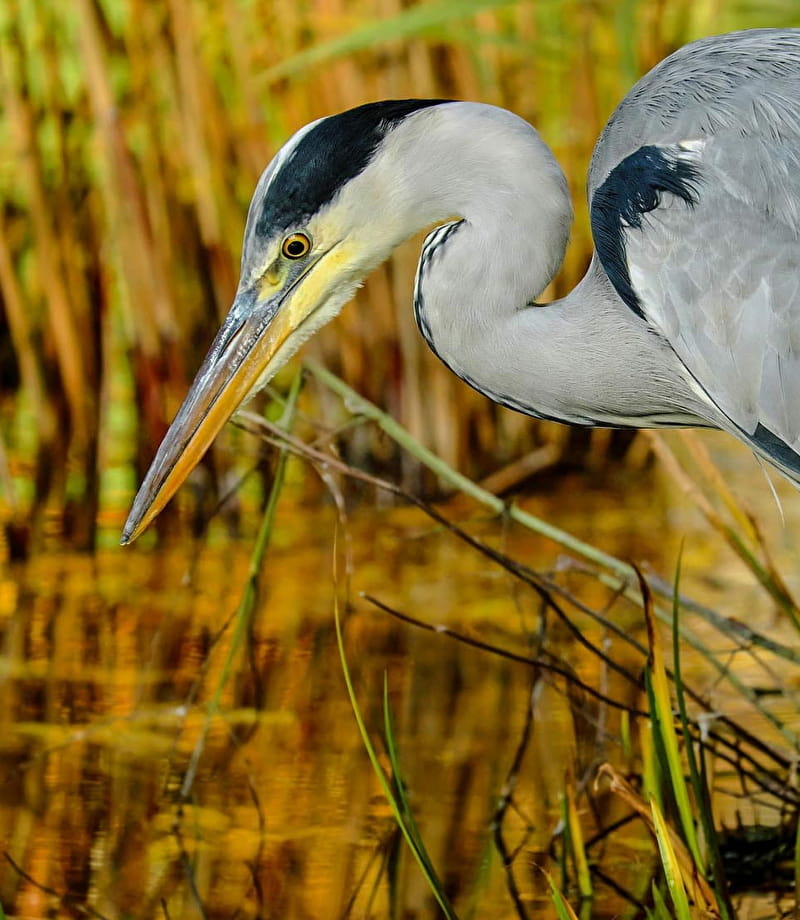
Grey heron
The grey heron is easy to recognise from its long neck and legs, pointed beak and mostly-grey plumage.
Grey herons like the wetland areas around ponds, lakes and rivers, so it's hardly surprising to see them so frequently here in ther ideal habitat, the Jura Mountains.
Grey herons generally nest in colonies known as heronries, usually in the treetops and on the banks of rivers and lakes, so these are the habitats where you're most likely to see them.



